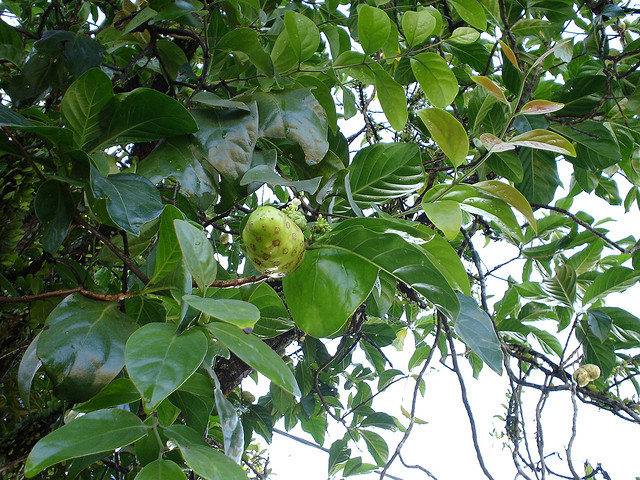By: Anna Valmero
Send to a friend
The details you provide on this page will not be used to send unsolicited email, and will not be sold to a 3rd party. See privacy policy.
[MANILA] Centuries-old knowledge on traditional medicine can be useful in helping curb lifestyle diseases that weigh down healthcare systems of developing nations in the Pacific, researchers say.
In a study published in the Journal of Ethnopharmacology (18 December), researchers from the Pacific Academic Institute of Research and Palau’s Ministry of Health turned to local traditional medicine for answers that may have been overlooked before.
In the study, seven out of ten people in Palau self-prepare a medical concoction using Morinda citrifolia L. for diabetes and Phaleria nishidae for obesity. These are the two most frequently used medicinal plants in the archipelago.
“The study’s statistical association of some 30 plants and its reported outcome are not a proof of effectiveness or safety, but it can help local researchers identify for further studies the plants or
methods that can bring the most benefit to the population,” Bertrand Graz, co-author of the study, tells SciDev.Net in a phone interview.
About 70 per cent of deaths in the Pacific are due to non-communicable diseases (NCDs) such as cancer, diabetes, and cardiovascular and respiratory ailments, according to the Pacific Islands’ Non-Communicable Disease Roadmap.
Lifestyle diseases due to smoking, excessive drinking and poor nutrition have been identified to result in shorter life expectancy among younger men in Palau. Based on 2014 data from the Ministry of Health, NCDs have driven the life expectancy of men to only 57.6 years and 67 years for women.
“A future direction of the study is to use the reverse pharmacology process to speed up the identification of local plants and medicine products in the Pacific that can best address NCDs,” notes Graz, a physician and scientist based at the University of Lausanne Medical Centre in Switzerland.
Graz adds this process is a promising method because “it records years and centuries of experience about the use of a plant or a traditional medicine treatment by the users themselves”, including its precautions or side effects such as on pregnant women.
He says factors such as the availability of the medicinal plant, whether it is common or rare, how it is cultivated and propagated, must also be considered before recommending it.
“I believe both conventional and traditional medicine can be complementary to each other in the perspective of integrative medicine, which uses the best available resources to promote health and well-being,” Graz points out.
To further reap the benefits of traditional medicine, there is a strong need for health ministries and the academe to attract young researchers to study the field, he advises.
“Many young researchers need to survey their own communities because a lot of these local knowledge accumulated over centuries and passed down through oral tradition are disappearing fast,” Graz notes.
Link to the abstract in Journal of Ethnopharmacology
This article has been produced by SciDev.Net's South-East Asia & Pacific desk.
References
Journal of Ethnopharmacology doi: 10.1016/j.jep.2014.11.047 (2014)














